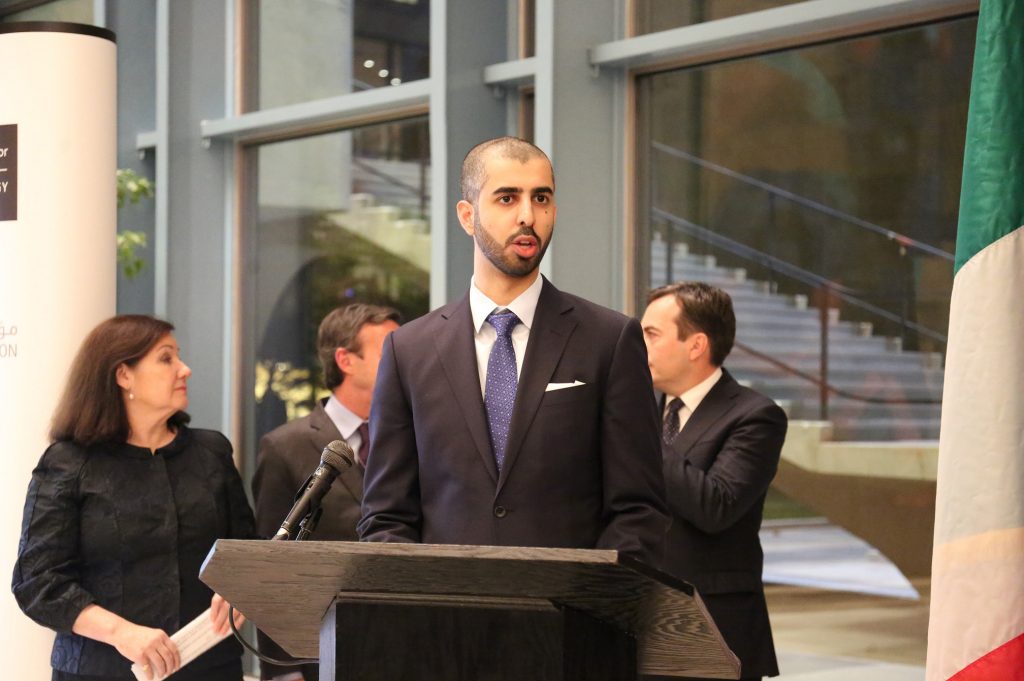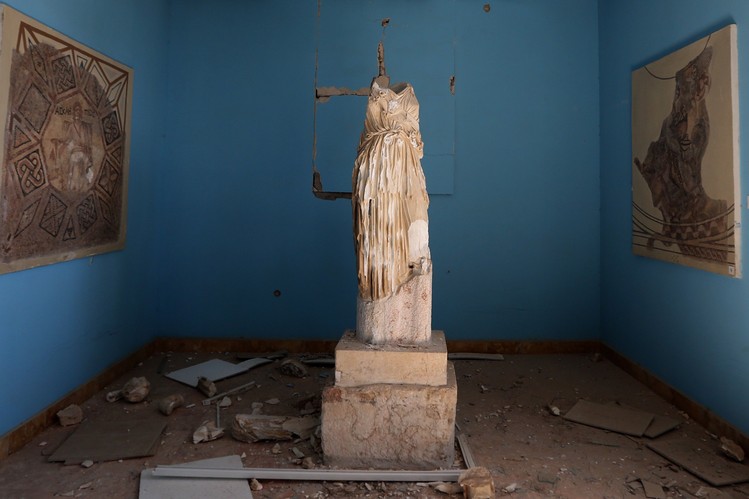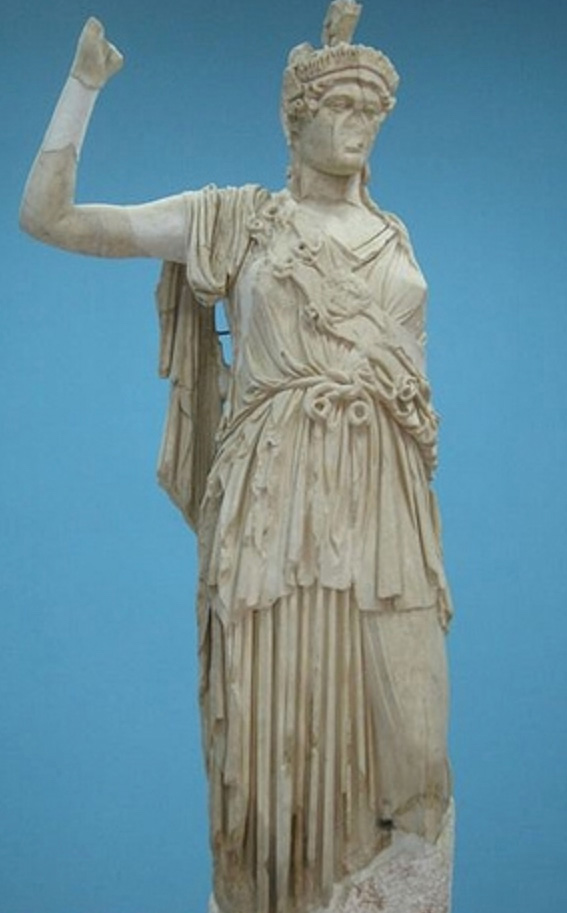When the Islamic State in Iraq and Syria (ISIS) wreaked havoc across regions of Syria and Iraq, they also destroyed countless Assyrian, Greek and Roman artefacts in museums and on site.
In an effort to preserve the cultural heritage and archaeological sites of the region, institutes such as the Dubai Future Foundation (DFF) are 3D printing some of the destroyed objects. Some of the foundation’s work is to be displayed at the “The Spirit in the Stone” digital archaeology exhibition at the UN New York headquarters, inaugurated this week.
The Spirit in the Stone
The exhibition is result of a partnership between the DFF, the Permanent Mission of Italy to the United Nations and the Institute of Digital Archaeology (IDA) at the University of Oxford. The institute has been documenting and replicating artefacts using 3D printing technology.
“The UAE has always called for preserving the cultural heritage of nations and peoples, firmly believing that a region’s future is closely connected to saving its history and civilisation,” said Omar Sultan Al Olama, Dubai’s minister for AI and managing director of DFF at the launch of The Spirit in The Stone.
“The UAE’s joint efforts with leading global government entities and academies to replicate the archaeological treasures of the Arab world reflects…a solid foundation upon which we can build a better future for our region.”

Wisdom and Victory saving history
One particularly devastating loss to ISIS was the Arch of Triumph at Palmyra, a gateway to an ancient Semitic city with Syriac, Greek, Roman and Arab heritage. The DFF’s 3D printed replica of the arch was unveiled earlier this year in London, and is featured at the exhibition. It won the Public Engagement with Research Award, from the vice-chancellor of the University of Oxford.
At the launch event, Al Olama praised Palmyra as a “corridor for both eastern and western cultures” and explaining that “we chose the ancient city of Palmyra in Syria as a starting point for us and we are working to recreate its treasures that were lost, looted or destroyed.”
“This ambitious digital project revives Palmyra’s historical role and reminds the world that great civilizations do not die.”
The exhibition’s inaugration ceremony also marked the unveiling of an ancient statue of the Greek goddess Athena from Palmyra, reconstructed using 3D printing projection. The statue was kept in the Palmyra museum, and narrowly escaped complete destruction at the hands of ISIS
“The Emirates has already recreated the historic gateway to Palmyra,” said Saud Al Shamsi, Deputy Permanent Representative of the UAE Mission to the United Nations, “today, we present a new masterpiece, all the while pushing for new reconstruction and restoration projects.”
The IDA’s Founder and Executive Director Roger Michel noted that “for thousands of years, Athena was synonymous with reason, refuge and the rule of law all of the same values on which that historic institution was built.” He added that the Arch’s reconstruction represented “the international community’s commitment to reversing the ravages of intolerance and ignorance.”

Digital tools to guard heritage.
Other initiatives are helping recreate heritage following natural disasters and terrorism. Last year, DWS launched an initiative to scan and 3D print sections of the Italian town of Amatrice which was devastated by an earthquake.
Other projects like Scan the World serve as a digital archive of museum pieces from around the world, and make cultural heritage digitally accessible and available for 3D printing.

For more information on 3D printing in heritage, subscribe to our free 3D Printing Industry newsletter, follow us on Twitter, and like us on Facebook.
Featured image shows damage to the Palmyra Museum inflicted by ISIS. Photo by SANA via AP.


